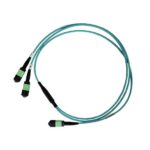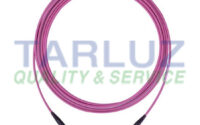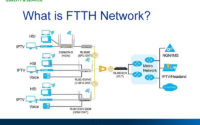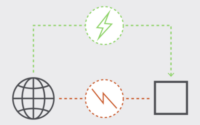Understanding the Distance Limitations of Multimode Fiber in Data Centers
When designing data center networks, one of the key considerations is the type of fiber optic cable used for data transmission. While single-mode fiber (SMF) is often preferred for long-distance applications, multimode fiber (MMF) is a popular choice for shorter distances due to its cost-effectiveness and sufficient performance. However, understanding the distance limitations of multimode fiber is crucial for ensuring that your data center network can support high-speed, high-capacity traffic without performance degradation.
What is Multimode Fiber?
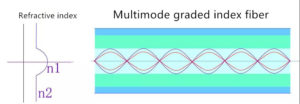
Multimode fiber is a type of optical fiber designed to carry multiple light modes or rays simultaneously. It typically uses a larger core diameter (50µm or 62.5µm) compared to single-mode fiber, making it ideal for short-distance, high-bandwidth applications. MMF is widely used in data centers for its cost-effectiveness and ability to support high data rates over relatively short distances.
Key Factors Affecting Multimode Fiber Distance Limits
Fiber Type and Bandwidth
Multimode fibers are categorized into OM1, OM2, OM3, OM4, and OM5, each with different bandwidth and distance capabilities. For example:
OM1 and OM2: Support distances up to 300 meters at 1 Gbps.
OM3 and OM4: Can achieve 100 meters at 100 Gbps and 400 meters at 10 Gbps.
OM5: Designed for wavelength division multiplexing (WDM), enabling longer distances at higher speeds.
Transmission Speed
Higher data rates (e.g., 40G, 100G, 400G) reduce the maximum achievable distance due to increased signal attenuation and dispersion.
Light Source and Wavelength
The type of light source (e.g., VCSELs for MMF) and wavelength (e.g., 850nm or 1300nm) significantly impact performance. Shorter wavelengths generally support longer distances.
Connectors and Splices
Poor-quality connectors or excessive splices can introduce signal loss, further limiting the effective distance of MMF.
Tips for Maximizing Multimode Fiber Performance
Choose the Right Fiber Type
Opt for OM4 or OM5 fibers for future-proofing your network and supporting higher speeds over longer distances.
Optimize Cable Management
Minimize bends, twists, and stress on the fiber to reduce signal loss and maintain performance.
Use High-Quality Transceivers
Ensure compatibility between transceivers (e.g., SFP+, QSFP28) and fiber type to maximize efficiency.
Regularly Test and Monitor
Use optical time-domain reflectometers (OTDRs) and other testing tools to identify and address potential issues.
TARLUZ’S PRODUCT
MPO Multimode Products
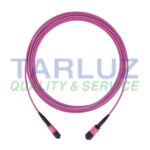
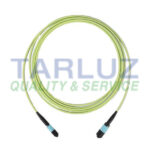
Fiber Optic Patchcord (OM3/OM4/OM5)
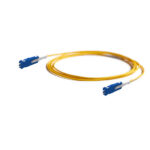
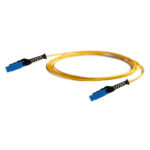
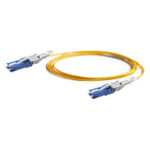
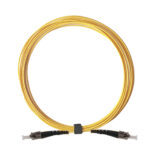
Fiber Optic Patchcord (OM2/OM3/OM4)
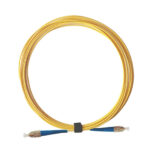
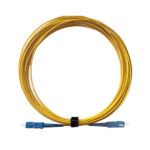
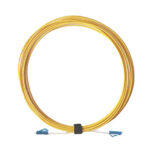
In Conclusion
Understanding the distance limitations of multimode fiber is crucial for ensuring that your data center network can meet the performance and scalability requirements of modern, high-speed applications. By selecting the appropriate multimode fiber type—OM1, OM2, OM3, OM4, or OM5—you can optimize your infrastructure for both current and future networking needs. For data centers aiming for higher speeds and longer distances, transitioning to OM3 or OM4 fibers is often recommended, as they offer significant improvements in data transmission capabilities.
As data centers continue to evolve, fiber optic technologies, including multimode fiber, will remain an essential part of building efficient, high-performance networks. With the right knowledge and strategic planning, you can ensure your data center network is equipped to handle the growing demands of the digital age.
Explore more: For more information on Multimode Fiber and related products, visit TARLUZ.com or contact our experts for personalized advice.
